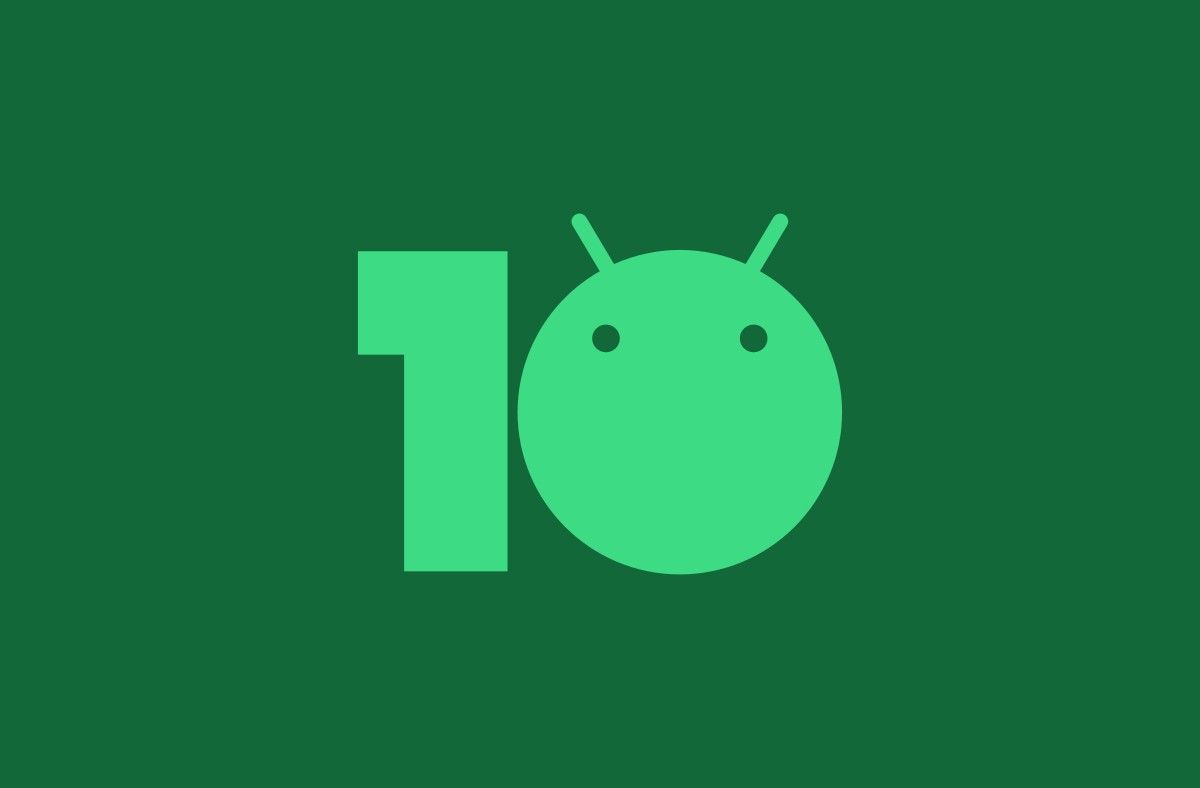Nowadays, Android flagship phones receive two years of software support. For example, the Samsung Galaxy S8 was launched with Android 7.0 Nougat. It received Android 8.0 Oreo and Android 9 Pie, but it won't officially receive Android 10. The same is applicable for flagship phones of other device makers. Mid-range phones and budget phones often receive only a single year of software support, or in case of some budget phones, no software support at all. Device makers have no incentive to roll out Android version updates to any device two years after its launch, because a) The phone's BSP (Board Support Package) stops receiving support from the chip maker, and more importantly b) They have to convince consumers to buy their latest flagships. It's certainly not an ideal situation, because competing Apple iPhones receive as much as five years of software support. While official software updates will only go so far, users of older devices still have one option left. It's the custom ROM community.
The custom ROM community on XDA-Developers has been thriving for more than a decade now. The HTC HD2 is a legendary example. It launched with the ancient Windows Mobile OS, but it kept receiving unofficial ports of new Android versions long after it was discontinued. It even received ports of desktop Windows RT. Few Android phones have matched the HD2's resilience in terms of custom ROM support, but some have managed to distinguish themselves. The Samsung Galaxy S II, Samsung Galaxy S III, OnePlus One, and the Xiaomi Redmi Note 3 have consistently thrived on XDA, their developer communities helping the users to make their phones smoother, faster, and more up-to-date long after their device makers have ended all support. We find the same example here. Developers have built Android 10-based LineageOS 17.1 custom ROMs for the Samsung Galaxy S II and the Samsung Galaxy Note 3. The Galaxy S II was released all the way back in 2011, making it ancient in smartphone technology. The Galaxy Note 3 was released in 2013, more than six years ago.
Android 10-based LineageOS 17.1 hasn't been officially announced yet, but unofficial builds are available for a variety of devices. The mere fact that developers have brought Android 10 to phones that were launched in 2011 and 2013 is incredible. These efforts explore the boundaries of what's possible.
The Android 10-based LineageOS 17.1 ROM for the Galaxy Note 3 is more usable than the one for the Galaxy S II, because it has working RIL (Radio Interface Layer, which makes calls/text/data work). The LineageOS 17.1 ROM for the Galaxy S II is specifically noted as unstable and not suitable for daily use. Regardless, for the section of the Android community that still uses these devices, it's great to see them still being kept on life support. This is what the spirit of the community stands for.
Download Android 10-based unofficial LineageOS 17.1 for the Samsung Galaxy Note 3 | Samsung Galaxy S II

